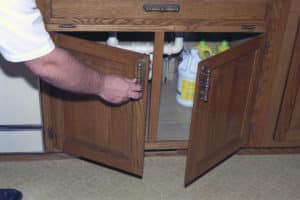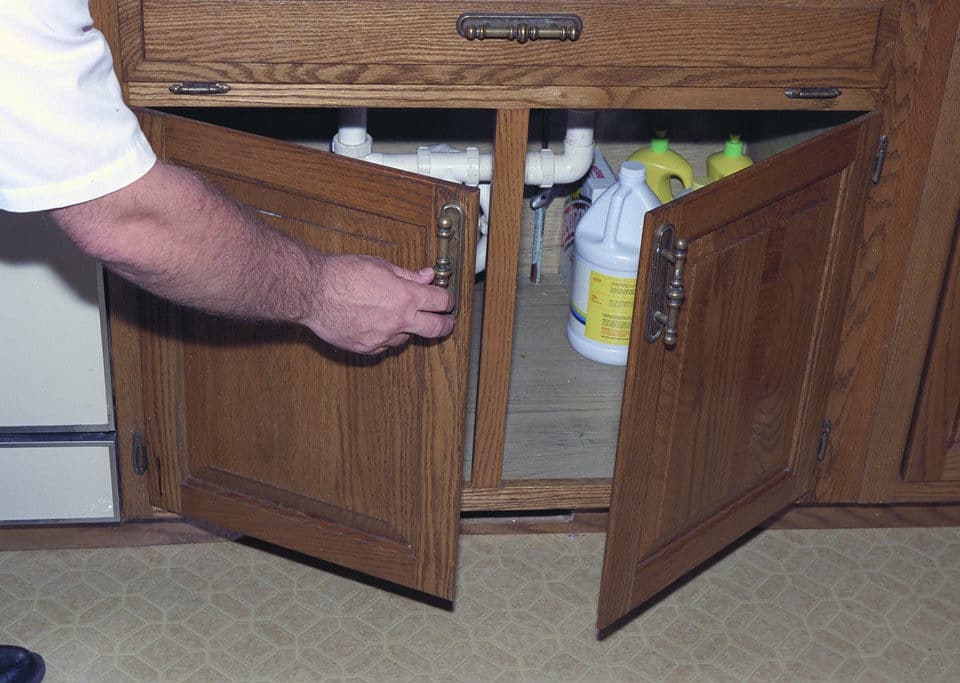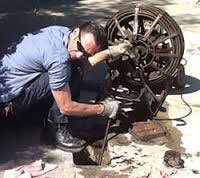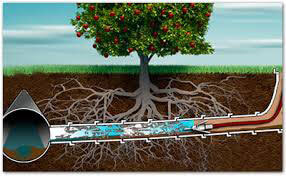How Your Pipes Are Affected By Winter Weather
November 15, 2019Alto Sewer’s Approach to the Coronavirus (COVID-19)
March 25, 2020 Winter introduces a whole new series of home maintenance challenges, particularly in those areas where there are extended time frames for freezing temperatures. The one problem that you would like to confront head-on before there is any inclement weather that comes near any frozen pipes. each year, we get hundreds of calls because of winter storms, but fortunately, our guide can help to prevent frozen pipes that can help you avoid expensive damages that are associated with freezing winter weather.
Winter introduces a whole new series of home maintenance challenges, particularly in those areas where there are extended time frames for freezing temperatures. The one problem that you would like to confront head-on before there is any inclement weather that comes near any frozen pipes. each year, we get hundreds of calls because of winter storms, but fortunately, our guide can help to prevent frozen pipes that can help you avoid expensive damages that are associated with freezing winter weather.
When you prevent frozen pipes it can help you from having expensive repair work both in the long and short terms. The most destructive and obvious result of frozen pipes is cracking. The leakage that results can lead to foundation and electrical damage – along with flooding. When you think about how much expensive damage that can be inflicted onto a house by water the need for prevention becomes even more critical.
Tips For Preventing Frozen Pipes:
Before you hear the first official freeze warning, be sure to take the following professional tips into consideration:
Insulate Your Pipes: Also sure that any exposed piping outside and piping that is in cold interior areas are all insulated properly. (Pies in the basement, garage, and attic all can be susceptible to freezing.) There are numerous pipe insulation options depending on where the pipe is located and what type it is.
Seal Leaks: Whenever cold air sneaks into your house through leaks or cracks sometimes it can freeze exposed pipes. If there are any known drafts around your vents, windows, door frames, or other areas, the best thing to do is make sure to seal them before a freeze occur. There are many different products that you can find at a local home improvement store that you can use including spray foam, caulk, and weather stripping.
Open Faucets: Turning a faucet on (just enough to make a constant drip) can help to prevent your pipes from freezing. Although this is not an ideal option (it may affect your water bill), it is a good way to prevent getting frozen pipes when temperatures are freezing. Keep in mind that if a faucet is connected to a cold and a hot line, then you should turn both of them on so that warm water flows through the pipes.
Open Cabinets: Other simple but effective way to prevent pipes from freezing is to open cabinet doors in your kitchen and bathroom. Open cabinets enable warm air to circulate around exposed plumbing, keeping them at a warm and safe room temperature.
Regular Plumbing Maintenance: It is always a good idea to schedule plumbing maintenance on a regular basis. Having a plumbing professional perform a regular seasonal inspection can help to identify any potential problems so that they can be repaired before that firs hard freeze hits.
If Your Pipes Freeze
At times you may not be able to stop nature, despite your best effort to prevent pipes from freezing. Follow these steps if your pipes freeze:
First of all, find the frozen section of piping. Start with those frozen sections that are nearest to the faucets. Work your way down the line, gong from the faucet to the section that is frozen.
Be sure to turn on your faucets so that once the water does thaw, it will have somewhere to go.
You can use a hair dryer to thaw a pipe from the outside. You just need to make sure using the outlet is safe and that it is GFCI protected. Don’t use a hair dryer in an area with standing water.
Another way you can thaw pipes is to heat up towels in a pot full of hot water. Dip the towels into the hot water, wring them out and then wrap them around the frozen parts of the pipe.
Another good method is to put a portable space heater close to the areas of your house where there are frozen pipes. It won’t thaw out the pies but can prevent them from freezing once again.
No matter what, don’t ever use extreme heat or an open flame to thaw out frozen pipes. It can cause serious injuries or an explosion. Contact Alto Sewer immediately.



